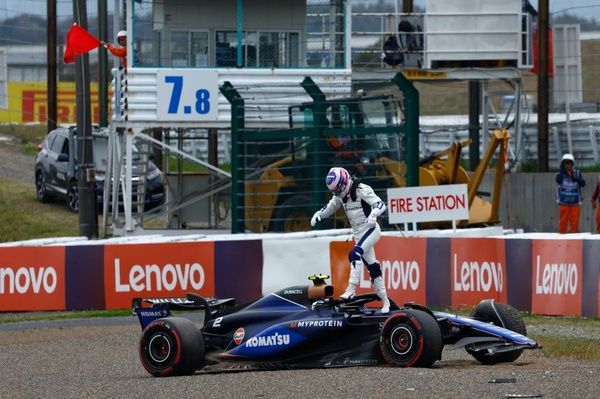Gary Anderson: Why postponing the halo was right decision for F1
Thursday's Strategy Group vote postponed Formula 1's cockpit protection halo until 2018 at the earliest. GARY ANDERSON gives his take on why that was the right decision

Thursday's Strategy Group vote postponed Formula 1's cockpit protection halo until 2018 at the earliest. GARY ANDERSON gives his take on why that was the right decision
The halo would probably look great on a spaceframe Lotus in 1960, but on a current Formula 1 car it leaves a lot to be desired visually, as well as in the safety stakes.
The Red Bull aeroscreen concept does have some problems, but it has far more potential to deal with more incidents.
It might need more time to develop it correctly - but as has been shown with the development of the current power unit package, when required F1 can react and react quickly.
The halo would hopefully have reduced the risk of a driver being hit on the head by a wheel and tyre that hasn't been tightened up correctly, but for an upright assembly coming off a car in an accident, the wheel tethers, which are also being strengthened for next year, do a pretty good job.
If someone scoops up a front wing and it comes through under the halo and gets trapped in there or if we get a loose spring or something smaller like it thrown up, perhaps it won't be quite so good.
While that might sound unlikely, remember it was a lateral damper spring shed by Rubens Barrichello's Brawn that caused Felipe Massa's injury in qualifying for the 2009 Hungarian Grand Prix.
Drivers will always question safety designs like the halo. After all, when seat belts became mandatory they didn't want them.
When the HANS device was introduced, it also drew criticism - I could go on forever with examples.
F1 does need to do something to protect the most vulnerable part of the human body, because it's OK to be gung-ho about it but just imagine how those affected by Justin Wilson's death last year, including Sage Karam whose flying nosecone caused the injury after he crashed, feel about things when reality hits.
F1 is right to work on these designs, but to rush through an imperfect design like the halo, which also makes the cars look worse, for 2017 would be a mistake.
I'd rather see time being taken to research and understand the right concept, which could well be based on the aeroscreen concept that makes a lot more sense in terms of how much protection it could, if done right, offer.
Just because doing something, in this case improving head protection, is a good idea, does not mean that you should rush it and come up with a solution that isn't right.
So this is the right decision for now, provided more research is done into finding the right way to improve protection to the most vulnerable part of the driver.
Be part of the Autosport community
Join the conversationShare Or Save This Story
Subscribe and access Autosport.com with your ad-blocker.
From Formula 1 to MotoGP we report straight from the paddock because we love our sport, just like you. In order to keep delivering our expert journalism, our website uses advertising. Still, we want to give you the opportunity to enjoy an ad-free and tracker-free website and to continue using your adblocker.















Top Comments